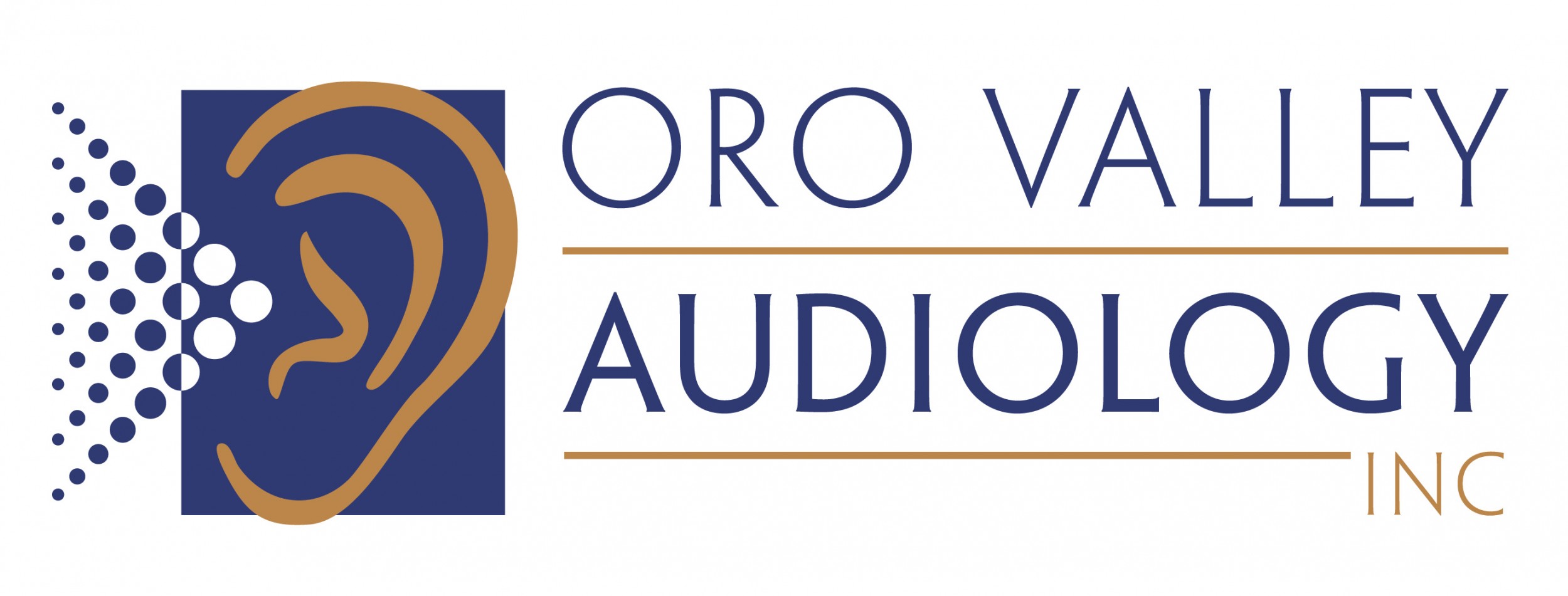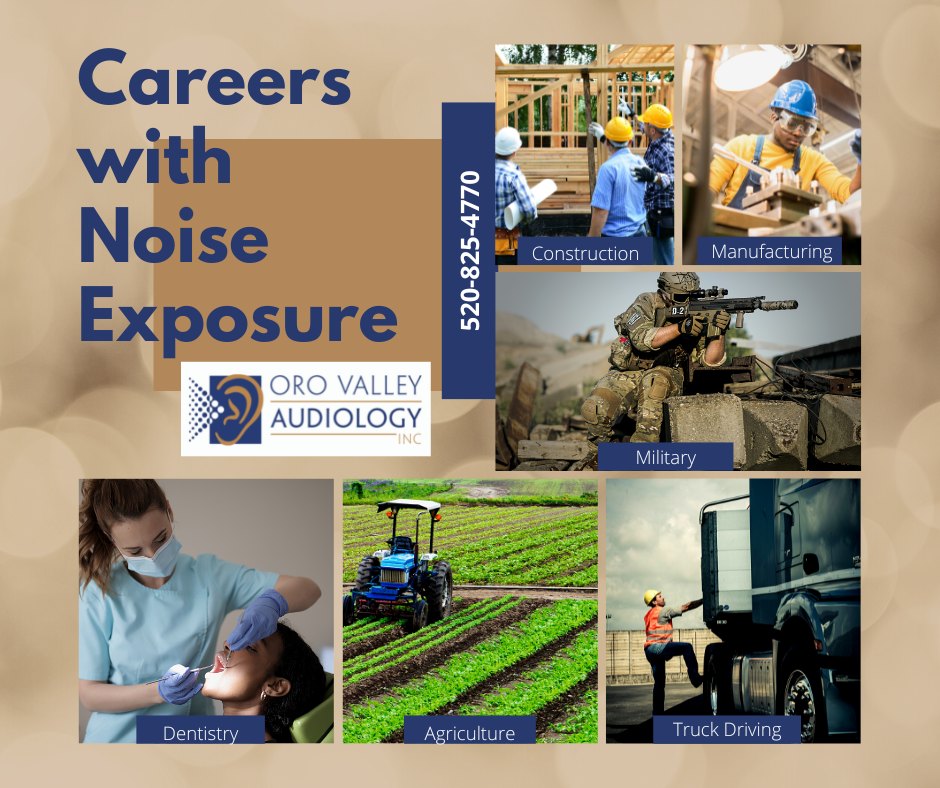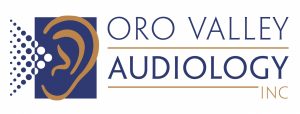Most of my patients know that exposure to loud sounds can cause temporary and permanent hearing loss. According to OSHA (Occupational Safety and Health Administration), exposure to sounds of 90 decibels or more can result in hearing damage, depending on the duration of the sound.
Most of my patients use hearing protection, especially at work, due to OSHA regulations. However, some of my patients state they know they should be wearing hearing protection but they don’t wear it on a consistent basis because it is cumbersome or an inconvenience. I thought I would share some of the professions I most often counsel my patients about. Some of these careers with hazardous noise levels seem apparent, but others are easy to overlook.
Construction, manufacturing, emergency services, and factory work are careers of which most people are aware of noise dangers. In fact, in these careers, it is common to have noise levels to be managed by experts (OSHA) who make recommendations or requirements for hearing protection use in these careers. They will often also have routine hearing screenings to ensure that the hazardous noise does not impact the hearing of the workers affected by the noise.
Unfortunately, other careers expose individuals to hazardous noise but are not often monitored by OSHA. This means that those workers who are employed in these careers need to be extra vigilant to protect their hearing when noise levels are high.
Agriculture
Agriculture work is one such career. In agriculture, whether on a small farm or large industry, there is exposure to machinery, including tractors, wood chippers, and chain saws which can easily reach more than 100 decibels. Even those who work with animals can experience noise levels that can be damaging. For example, squealing pigs can be as loud as 110 decibels. Hazardous noise is so common that at least 3 in 4 farmers experience hearing loss as they age. Still, because so many are smaller farms and not regulated, most are unaware of the life-changing hazard they face and, therefore, fail to use appropriate hearing protection.
Dentistry
Dental workers and surgeons are another class of workers who may not be aware of the risks they face to their hearing from performing everyday duties on their jobs. Dentists use high-pitched drills frequently, which expose them to damaging sounds. Surgeons (primarily orthopedic) often use saws, drills, and hammers during surgeries. The levels of these sounds are also loud enough to cause hearing damage over time. The challenge for dentists and surgeons is the need to communicate effectively and hear those around them to protect the patient’s safety. For this reason, audiologists will recommend musician’s plugs rather than standard hearing protection for these workers. Musicians earplugs attenuate (turn down) all sounds as equally as possible so that speech is easier to understand. Traditional earplugs take down high-frequency sounds more and makes speech understanding more difficult. By using appropriate hearing protection, these health care workers can continue to work safely while protecting their hearing.
Truck Driver
Another class of workers who may not be aware of the risk of noise exposure associated with their job are truck drivers. A study by Karimi, et al stated that occupational conditions for professional drivers have a harmful effect on hearing threshold. They conducted a study of over 500 truck drivers and showed that the more experienced the truck driver was the greater the amount of hearing loss they had. Just like in the dentistry field the challenge for truck drivers is that they need to be able to hear while they are driving to drive safely.
If you or someone you know works in one of these careers please contact Oro Valley Audiology at 520-825-4770. We would be happy to develop a surveillance program for you and educate you regarding available hearing protection that will still allow you to hear your surroundings!
Source: Karimi A, Nasiri S, Kazerooni FK, Oliaei M. Noise induced hearing loss risk assessment in truck drivers. Noise Health. 2010 Jan-Mar;12(46):49-55. doi: 10.4103/1463-1741.59999. PMID: 20160390.


